Throughout Star Trek, the show plays around with the concept of sentience and how any being could be complex and substantial. One of the beings that become a lot more complex as the franchise continues are holograms, photonic beings that were made to amuse and entertain humanoids. However, over time, their processes were able to learn and become more complex. While some holograms are just characters or glorified Google search bars, others became people in their own right.
Notable holograms include Vic Fontaine, The Doctor, and James Moriarty. Holograms can be so much more than other people expect. Here are 10 Things You Didn't Know About Holograms.
10 They Can Fall In Love
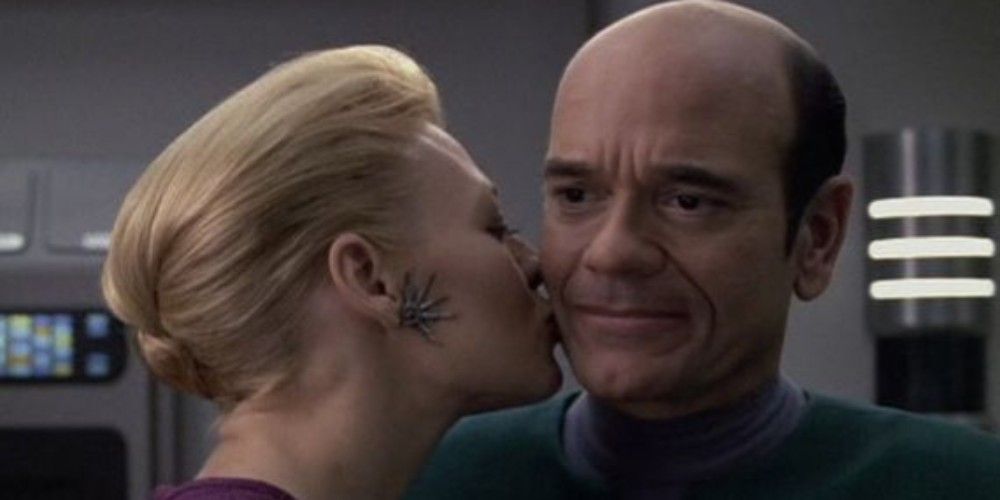
Though holograms might be made of photons, they can become complex enough to have their own feelings and personalities. That includes building relationships with other people, even falling in love.
Now, does that mean romance is easy for them? Hardly. The Doctor had many failed romances in his life, including a failed holographic practice wife, a scientist that had to leave him, and a "roommate" he had to leave. And this isn't even including his crushes on Kes and Seven of Nine that amounted to nothing. Romance is harder as a hologram, but it can happen.
9 Sentience Is An Option
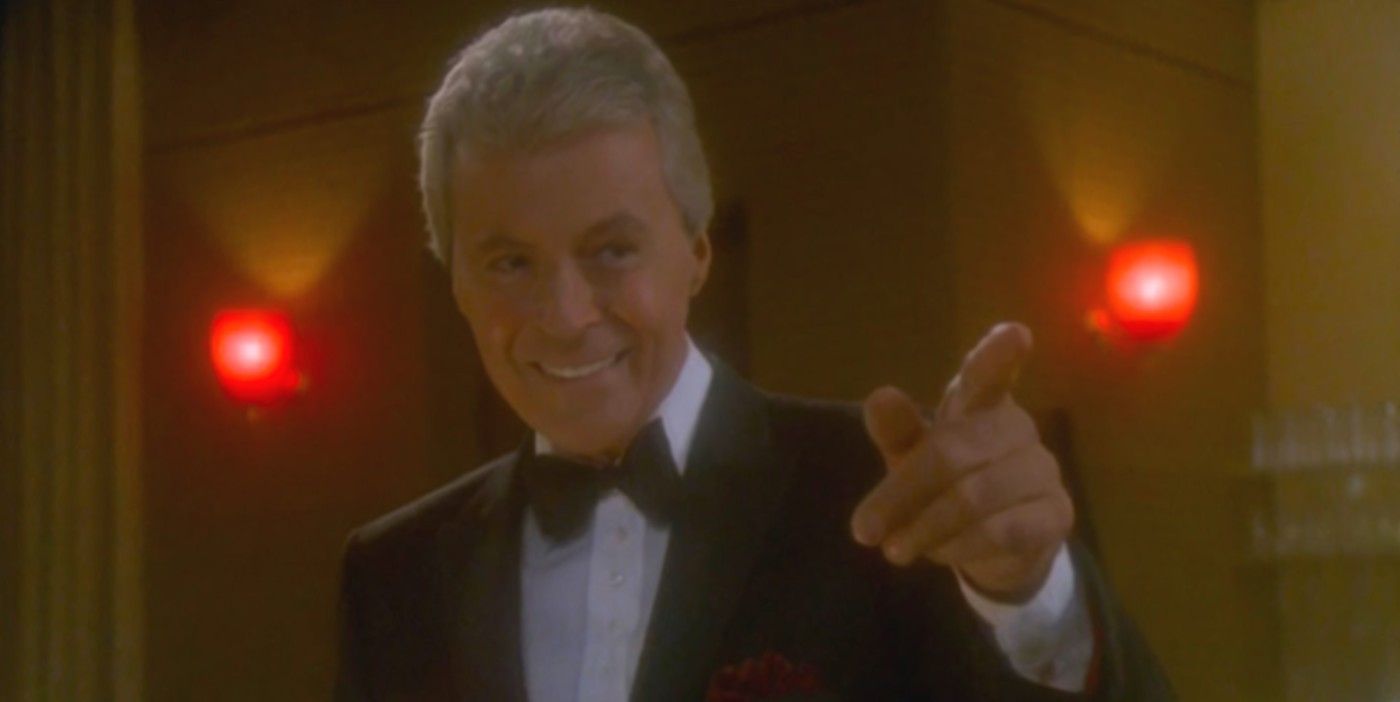
Throughout TNG, holograms are seen as these fake characters that crewmates can play with to blow off steam, like reading a book but being able to interact with it. For a lot of holograms, that's their reality. However, that's not how it works for all holograms. Given enough time to learn or experience things, they can become much more complex and even sentient. They can be just as conscious and as real as breathing humans.
So much so that some even can be built with sentience in mind, like Vic Fontaine. Like Data, just because they don't have beating hearts doesn't make them any less complex and alive.
8 They Have Rights
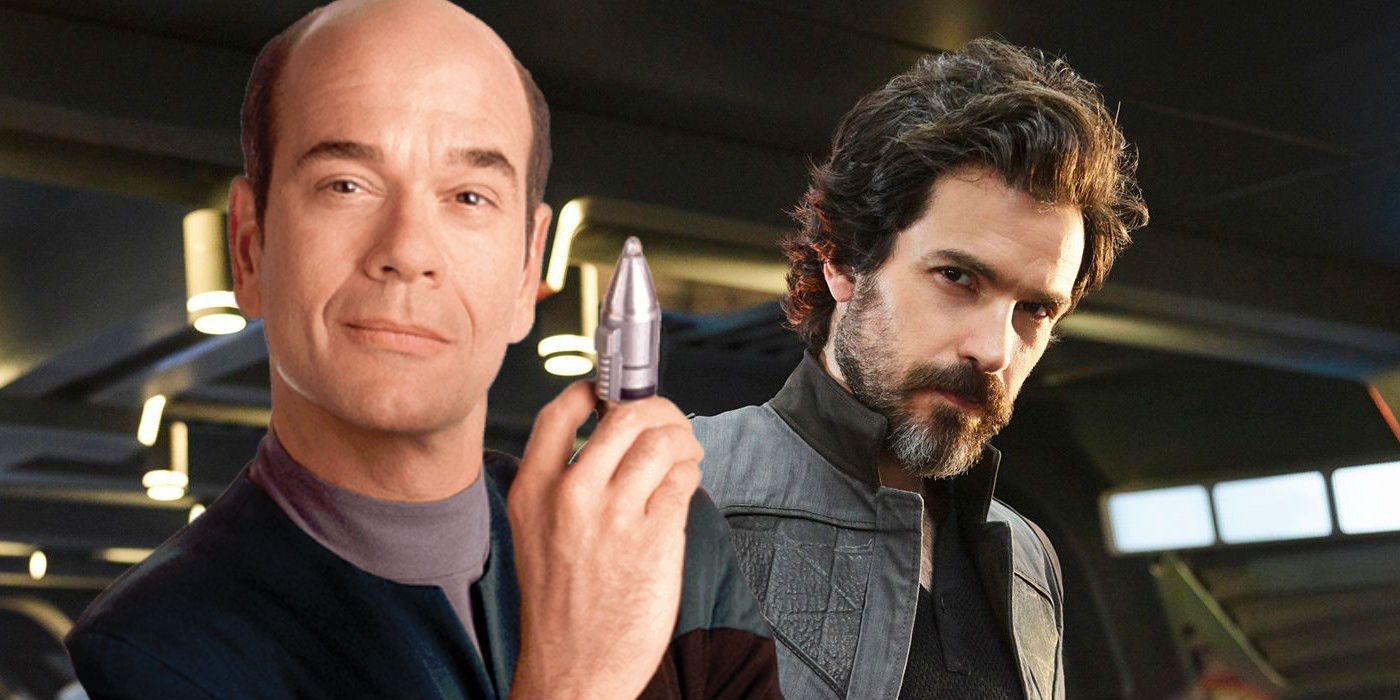
Much like Data fought for his rights in the famous "Measure of a Man" episode, The Doctor had to deal with a different facet of the problem. After publishing a holo-novel to Earth, the publishing company tried to take away his rights because he was a hologram. Janeway and The Doctor fought and won, for him to have those rights to his own stories.
Between the precedence of Data's case, The Doctor's, and assuredly many others in the following years, holograms have more rights than ever before. Especially by Picard, so it'll be fascinating to see more and more of Rios' holographic crew.
7 Starfleet Relies On Them To Subsidize Crews
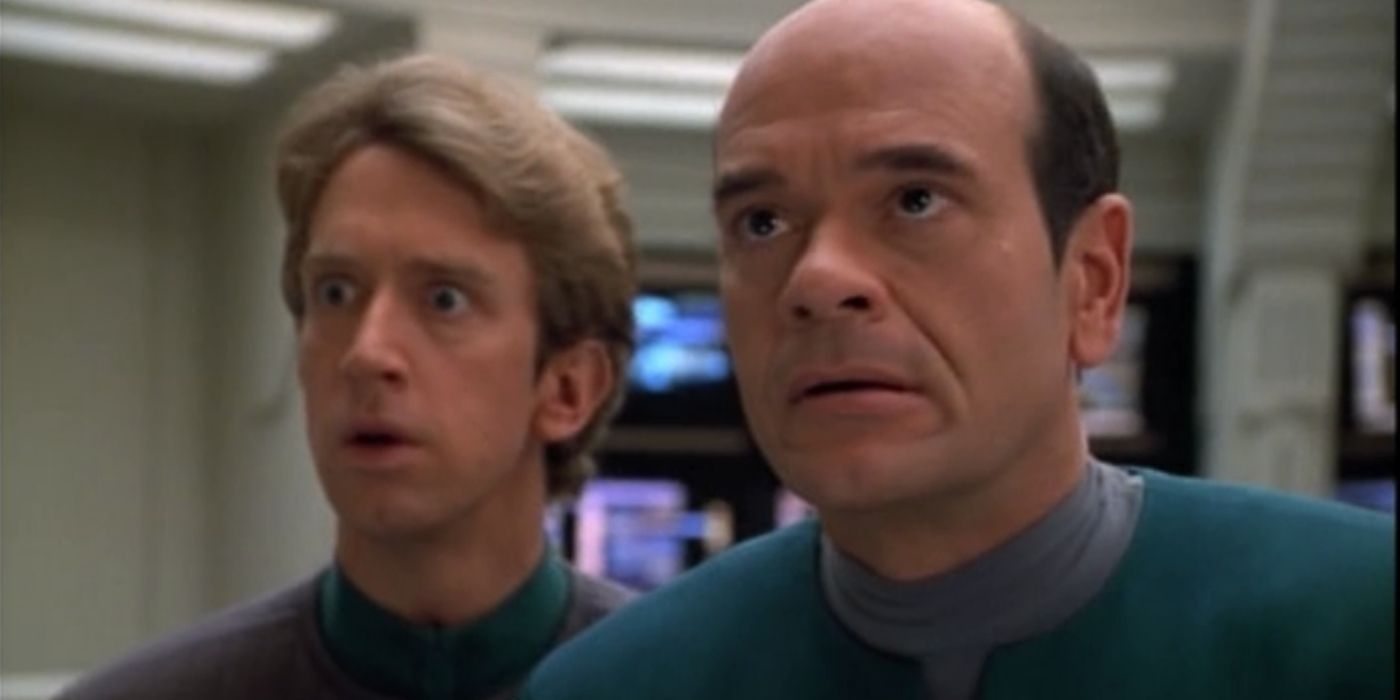
Starfleet knows that running a ship can be overwhelming, and even a full crew can need some serious assistance from time to time. While no one recommends Rios' system (one man and five holograms), they can be useful tools in assisting any crew. Now wonder ships were all getting fitted with an EMH by Voyager. Even though they aren't supposed to be Chief Medical Officers, they are still intelligent, knowledgeable beings.
Every time that a doctor or engineer is stuck, they can boot up the holographic program officers to help them work through the process, be supportive, give them information. They are a vital and useful resource that makes large and small ships alike better.
6 Humanoids Can Use Them For Self-Augmentation
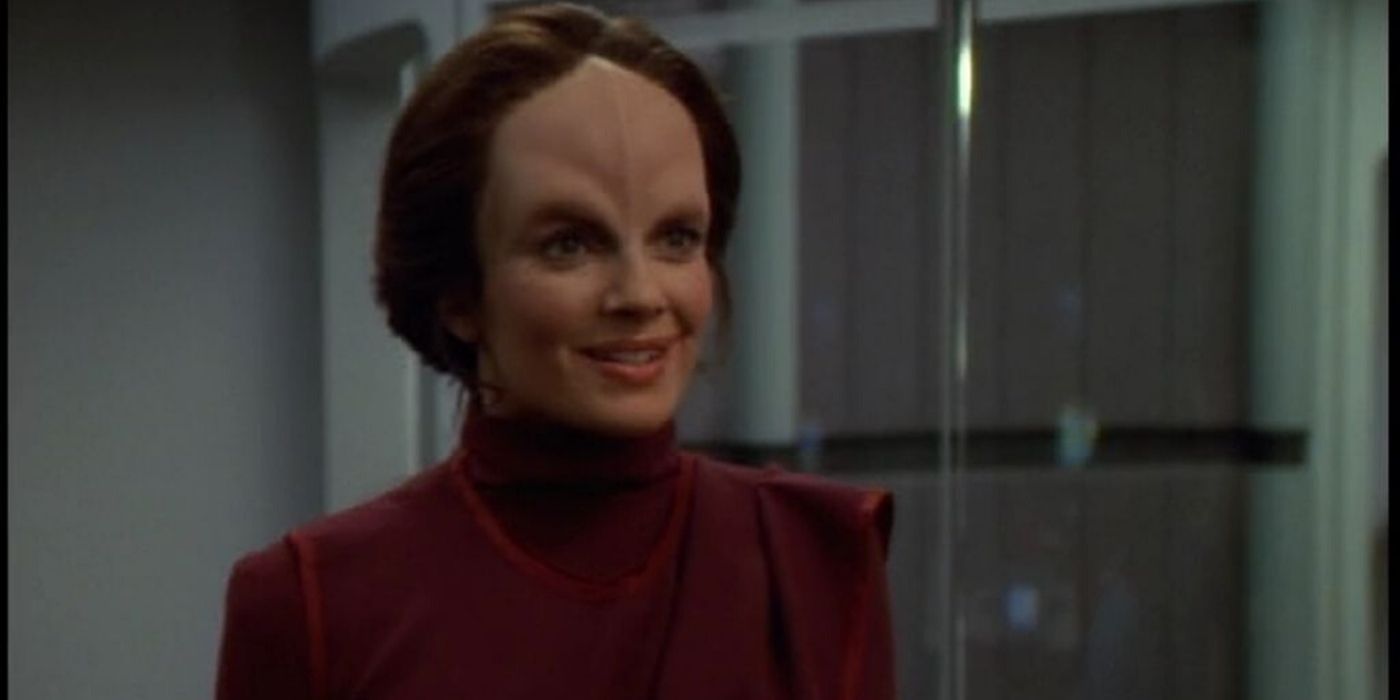
While most people use holograms for fun or for work, they can be used cosmetically as well. In entertainment, they can augment how a person looks on a holodeck so they can seem more authentic to the time period/area (though people like to replicate the right clothes for even more authenticity).
But also people with severe burns or diseases can use holograms to make themselves look the way they used to. For example, while helping the Doctor heal herself, Danara Pel changed her diseased, Phage look to instead be what she should've looked like, without the plague. The augmentation made her the happiest and most herself she felt in years.
5 They Can Have Any Occupation

While holograms classically are for entertainment, they really can do anything as long as they're given the knowledge. The Doctor alone was a medical expert, a scientist, an operatic singer, a pianist, an author, a back-up commander, and more. When Geordi made the Leah Brahms program, she was an expert engineer in her own right.
Picard truly shows it off best, that holograms can do anything. All five of Rios' holographic helpers can cover navigation, engineering, medical, and other aspects of the ship he can't take care of on his own.
4 Their Personalities Are Unique (And Mostly By Accident)
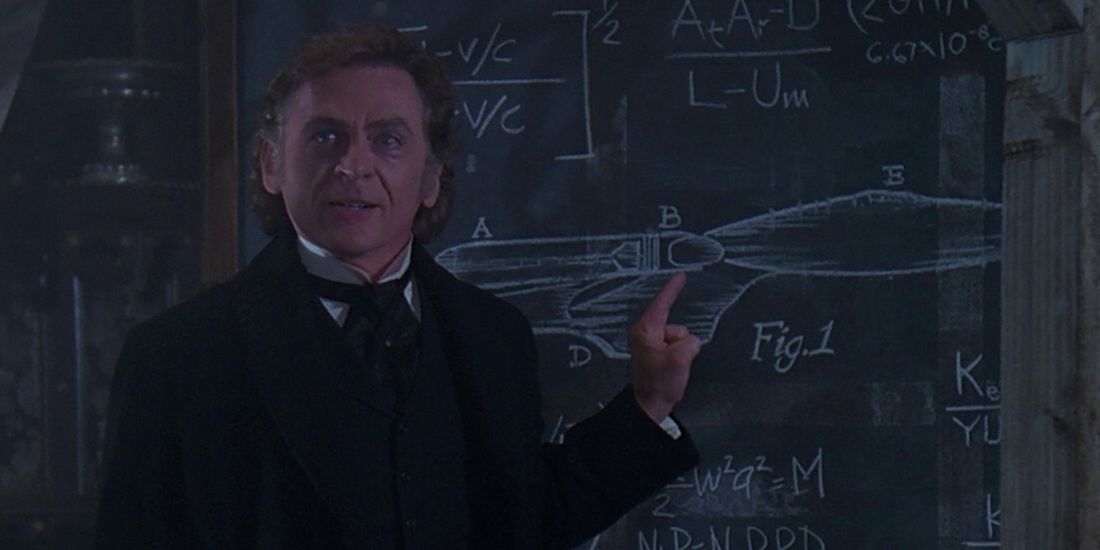
While all holograms are programmed with some sort of personality for whatever purpose they serve, they can take on personalities of their own. Sure, Moriarty was made to be smart and The Doctor was made to be a snarky but intelligent man with a bad bedside manner. However, they both developed more for them.
Moriarty wasn't a character with a sense of as much curiosity and adventure, but he did once he knew how many worlds were out there.
Voyager's Doctor was meant just to help heal people, but he became obsessed with the arts and is the best singer he could be. It was admirable, honestly, growing beyond his programming.
3 They Can Understand Their Existence
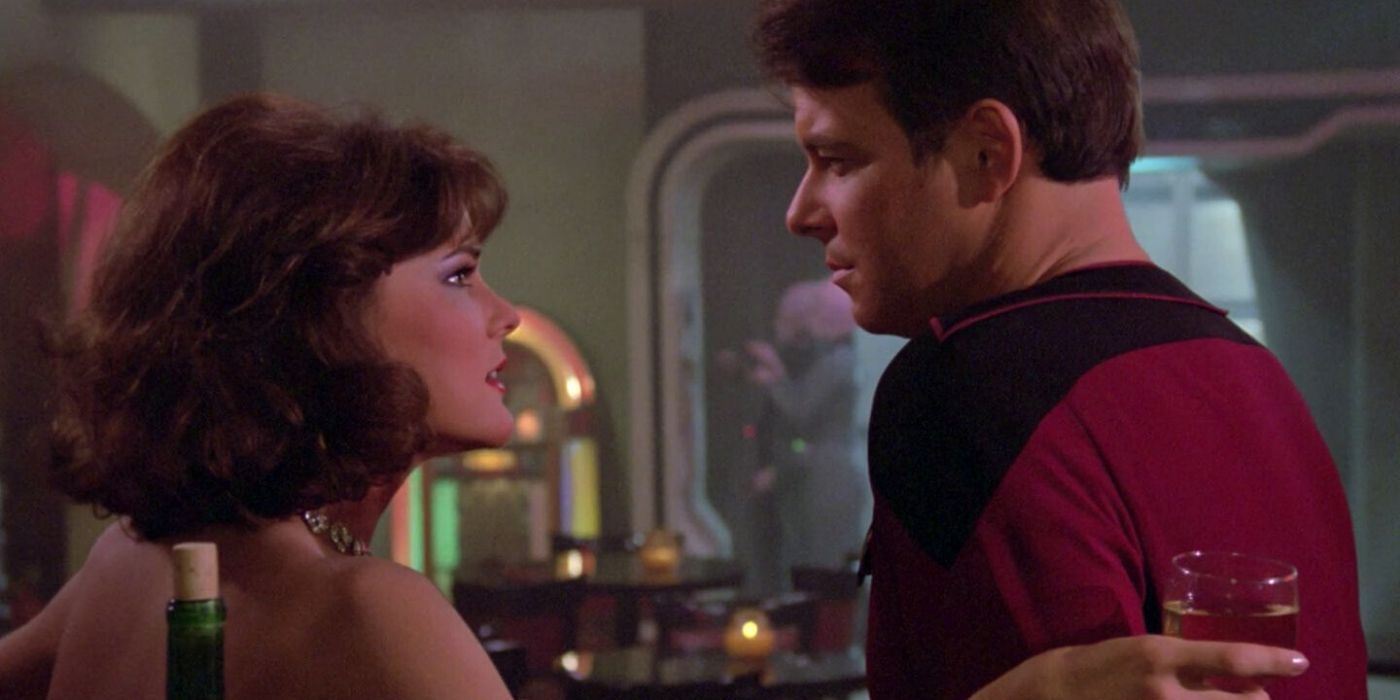
Now, this one's complicated. While it is a component of sentience, it isn't all that's needed to be counted as having a consciousness. For example, something would also need to feel emotions and the like.
Not all of the holograms who became aware of their existence really had their own feelings about it. For example, the mobsters in Picard's Dixon Hill program. They never developed their own complex feelings, just the same angry mugs were given to them by the writers of their holo-novel.
Give Moriarty's romantic escape plot the credit it deserves.
2 Their Jobs Can Be NSFW

One of the best parts of DS9 was showing the more galactically holistic sides of the universe. After all, fans normally just get the squeaky clean Starfleet lens of things. Almost everyone is a uniformed idealist.
When it comes to the station, there are also people like Quark. And from Quark, fans learn that holodecks can be used for some pretty NSFW purposes. Everyone can shudder at the fact he wanted a Kira hologram so badly.
While that works well for the mercs and others passing through, it's a bit of a unique way to use a hologram. That, or maybe Starfleet has just biased everyone's perspective.
1 Holograms Can Learn Anything
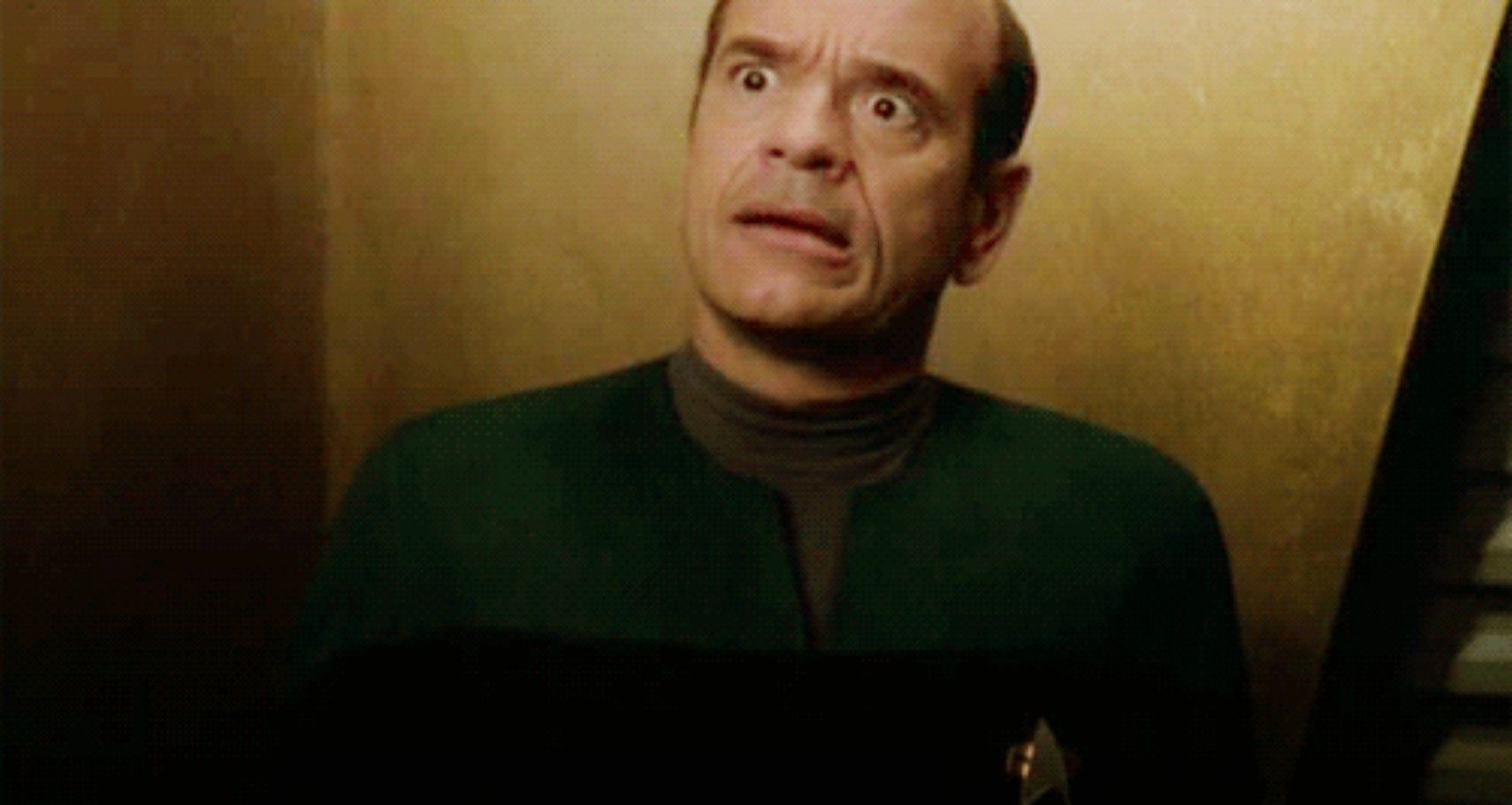
Unlike people who tend to be limited by their interests, holograms can learn anything. After all, their brains are computers tied into the Starfleet system (at least, on Starfleet vessels). Humans often need to find passion or interest in things to be committed enough to learn all about them. Holograms can just download it.
However, when it comes to sentient holograms, knowing and doing can be very different. Voyager's Doctor could learn how to cook fabulous meals, but if he doesn't like it, he could still completely destroy them and make something totally offensive to eat. It doesn't take away from their brilliant minds, though.
from ScreenRant - Feed https://ift.tt/2x6nePf





No comments: